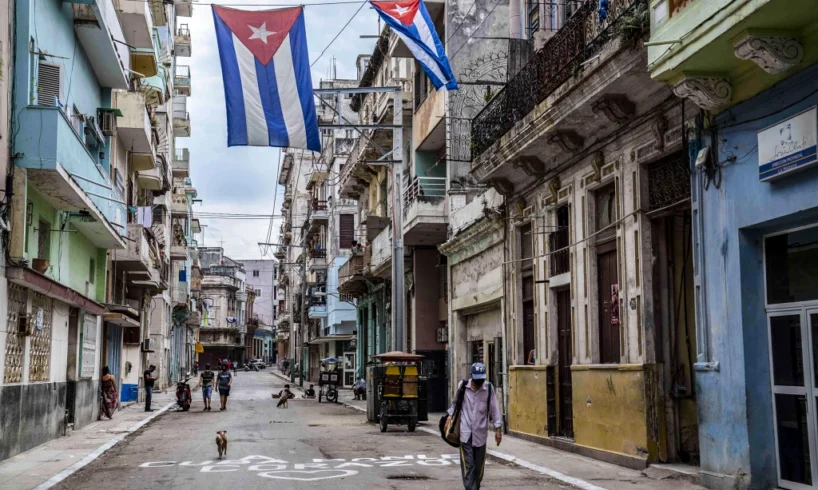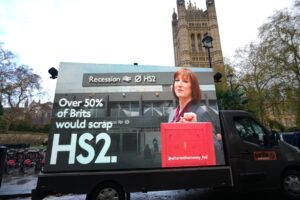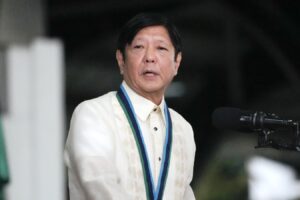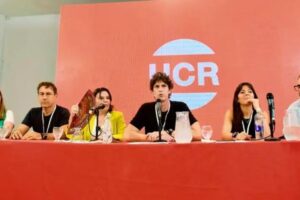
Cuba is in its worst economic crisis in decades: inflation out of control, key industries broken and millions pushed into poverty.
At the centre stands GAESA, the Grupo de Administración Empresarial, a military conglomerate that, according to specialist analyses, controls more than 70% of the economy and 95% of national finances.
The central bank and civilian government have been reduced to a decorative layer over a closed military elite. The peso’s collapse tells the story.
On 19 October, the dollar traded at 472 Cuban pesos and the euro at 525 on the black market. When Miguel Díaz-Canel took office, the official rate was 24 pesos per dollar; today it is 472, a rise of 1,966.66%.
The “Tarea de Ordenamiento” reform, launched on 1 January 2021 to end the dual-currency system, drove the dollar to 50 pesos within a week.
Prices for food, transport and basic services exploded far faster than wages, and the government never matched the reform with real changes to production or price controls.
Inside Cuba’s Economic Collapse And The Military Conglomerate Behind It. (Photo Internet reproduction)
Instead, it opened shops in “freely convertible currency” (MLC), where only those with access to dollars or euros can buy goods, deepening inequality.
Hard currency has dried up. Remittances fell about 70% between 2019 and 2024, from 3.71671 billion to 1.1135 billion dollars. Only 7% now passes through formal channels; 93% uses informal routes, which escape the official financial system.
Tourism, another lifeline, fell 48.5% between 2019 and 2024 and kept sliding in 2025. External debt is officially around 20 billion dollars, but independent estimates put it near 46 billion.
Non-payment forced another Paris Club restructuring in 2025, while even allies such as Russia and China now prefer small donations to new loans.
Between 2004 and 2018, international banks paid 14.002 billion dollars in fines for dealing with Cuban entities, and the activation of Title III of the Helms-Burton Act has blocked projects, closed accounts and triggered lawsuits over frozen capital.
Cuba’s GAESA Model
Inside the island, GAESA’s model dominates hotels, hard-currency MLC shops, ports, logistics and the Banco Financiero Internacional; almost all imports and exports must go through state companies.
Industrial infrastructure is obsolete, the sugar industry has largely collapsed and an energy crisis leaves daily generation deficits of 45% to 60% of demand, causing long blackouts.
There is no real private sector: firms need state approval even to exist, and attempts to attract investment from the Cuban diaspora have produced no viable projects under these rules.
The starkest figures come from the export of medical services. Between 2008 and 2022, that programme generated 108.53 billion dollars.
GAESA is estimated to have captured at least 69.8 billion through the Banco Financiero Internacional, while only 1.7511 billion dollars – 1.61% – went into the public health system.
Over the same period, 24.2298 billion dollars were invested in hotels, 13.83 times more than in health. The state keeps about 80% of the salaries that foreign partners pay for Cuban medical and paramedical staff abroad.
According to the report, the remaining 43.8 billion dollars never reached either hospitals or hotels, raising clear questions about where that money went. During COVID-19, shortages of medicines, oxygen and equipment contributed to thousands of deaths.
For ordinary Cubans, this means hunger and collapse of daily life. Inflation has pulverised wages and pensions, pushing more than 10 million people into poverty; many survive on a single meal a day without reliable access to transport, water, electricity, food or medicine.
On 11 July 2021, protests erupted in more than 60 cities; the state answered with repression, not reform. The NGO Cuba Siglo 21 calls the situation a form of “genocide” and warns of a looming humanitarian catastrophe.
Its conclusion is blunt: as long as GAESA and the ruling elite retain absolute control over the economy and finances, any recovery will bypass the population.
Only dismantling the current system in favour of a democratic model with separation of powers, political pluralism and real entrepreneurial freedom offers a credible way out of the crisis.





